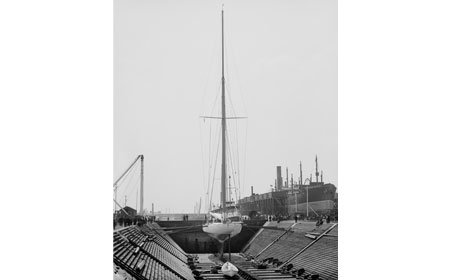
Traditionally, and for much of history, ships were made mostly of timber. The only metals seen on ancient ships were copper fastenings and forms of iron used in anchors, fastenings, and braces. The increased use of metals would occur gradually over time.
By the nineteenth century, vessels were built with iron bolts for fastening timbers and alloy sheets used for plating the external timber hull to reduce damage. Iron hulls were favored because they lasted much longer than timber, were stronger, could carry more cargo, and were not as easily damaged by water and accidents. Brackets and decks also became made of iron.
Around the same time, steel was made successfully, and mass-produced in the 1870s. The added carbon and natural metals in steel made steel a stronger metal than iron. Because of this, steel began to replace iron as the metal of choice in most products, including ships and boats.
Ship structures and the materials used are determined by the ship’s mission and intended service, which influence the size, the complexity, and the function of structural components. Today, ships, yachts and other vessels are made with a variety of materials: wood, steel, fiberglass, aluminum, and others. Steel, however, is the most widely-used material.
